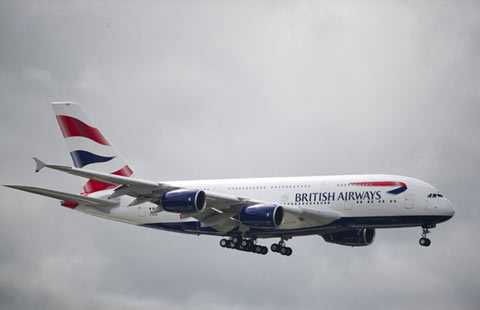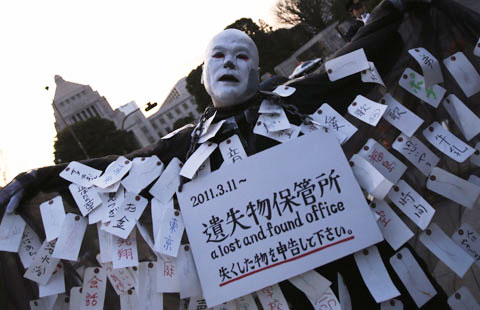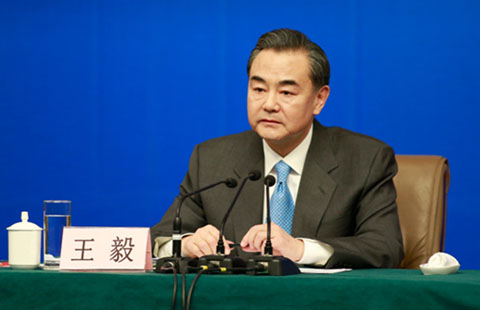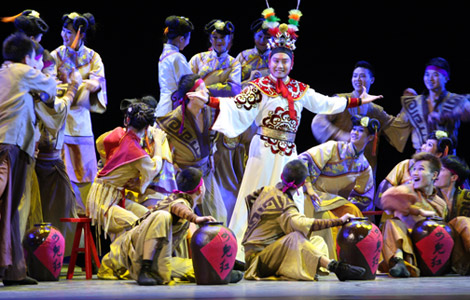Chinese trains on a roll at upcoming World Cup
Updated: 2014-03-10 05:59
By Jin Haixing and Ding Luyang (China Daily Latin America)
|
||||||||
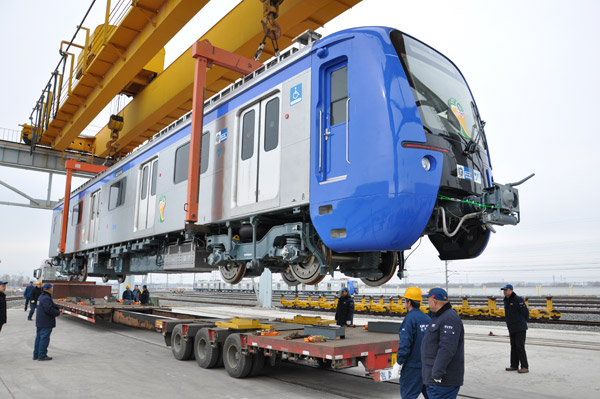 |
|
An EMU train set from Changchun, capital of Jilin province, was sent to Rio de Janeiro in late February, and is expected to arrive in early April. Ding Luyang / China Daily |
Chinese-made electric multiple-unit trains will play a role in the upcoming 2014 FIFA World Cup soccer tournament in Rio de Janeiro, Brazil.
An EMU train set from Changchun, capital of Jilin province, was sent to Rio de Janeiro in late February, and is expected to arrive in early April.
The train set — comprising four independently powered carriages — was produced by CNR Changchun Railway Vehicles Co Ltd, a subsidiary of China CNR Corp Ltd, one of the country’s biggest train manufacturers.
CNR was created after a reorganization of the China Northern Locomotive & Rolling Stock Industry (Group) in June 2008. CNR products are in use in more than 40 countries and regions.
The train set is part of the second batch of EMU trains provided to Brazil, the company said. An additional 59 EMU train sets will be delivered soon, it said.
The EMU trains will be deployed at the upcoming World Cup soccer tournament to ease heavy traffic congestion from June 12 to July 13, connecting a main stadium with other areas of the city, the company said.
The maximum passenger load for an EMU train is 1,300 people, it said.
The EMU trains are also expected to be used at the 2016 Summer Olympics, which also will take place in the city, according to CNR Changchun Railway Vehicles Co Ltd.
The train set, shipped on Feb 28, was a new type of EMU vehicle, with four carriages and a maximum speed of 100 km per hour.
Zheng Min, chief designer of the EMU train, said that the trains sold to Brazil will be able to operate well there, as the country’s climate was taken into account during the vehicles’ construction.
The train model has an advanced air-conditioning system that can operate in temperature from 5 to 56 degrees C and also automatically sets the temperature inside the compartments at 20 to 23 degrees, Zheng said.
The trains’ compressive load, or maximum weight support, is 363 metric tons, far more than normal trains, which ensures safety, he said.
The high compressive load means that in a head-on collision with an 80-ton truck at a speed of 36 km/h, the train’s main body will not be destroyed, and this ensures passengers’ safety, said Zhao Yao, a project manager of the company.
Cao Yafei, deputy director of the overseas business department of Changchun Railway Vehicles, said that using China-produced EMU trains during the World Cup will further consolidate the company’s market position in Brazil and enhance the image of Made-in-China products.
"The market of railway vehicles in Brazil is promising, with a very standard business environment. Business in the country is also influential, helping open doors in other markets in South America," she said.
Cao said the company and Brazil are working on four projects.
So far, train sets in the first batch of 30 are running at five main rail transit lines in Rio de Janeiro. In the city subway’s Line 1 and Line 2, 114 trains produced by CNR Changchun Railway Vehicles have been put into operation.
CNR Changchun, with its products of high-speed rail cars and subways, aims to double its annual export revenue to $1 billion within five years from 2012 to 2017, according to a previous report.
In 2012, CNR Changchun’s exports accounted for 65 percent of the nation’s rolling stock exports, with more than 4,000 rail cars shipped to many countries, including Brazil, Australia and Thailand.
Most Viewed
Editor's Picks

|
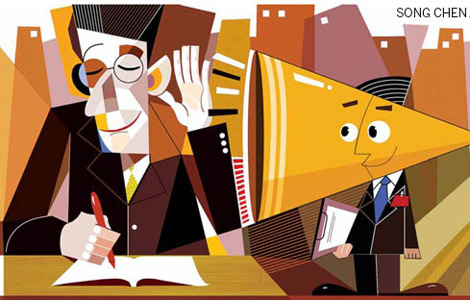
|

|

|

|

|
Today's Top News
Missing jet may have disintegrated - source
Affirmative action and US courts
Tougher penalty for underage prostitutes
ROM opens gates of China's Forbidden City
Heavy metal magic
Managing cultural assets starts with a head count
Ford to expand China R&D: report
Chinatowns' seafood markets source of infection
US Weekly

|

|
